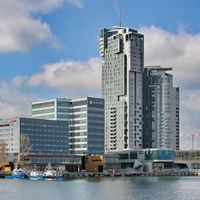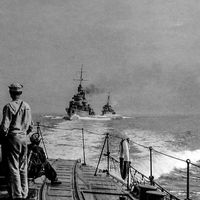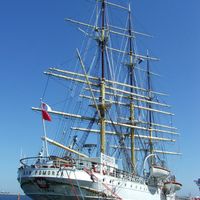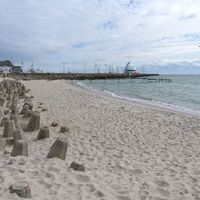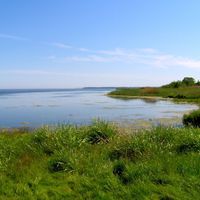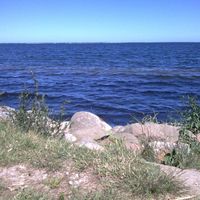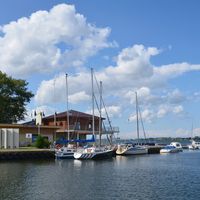Puck Bay
6
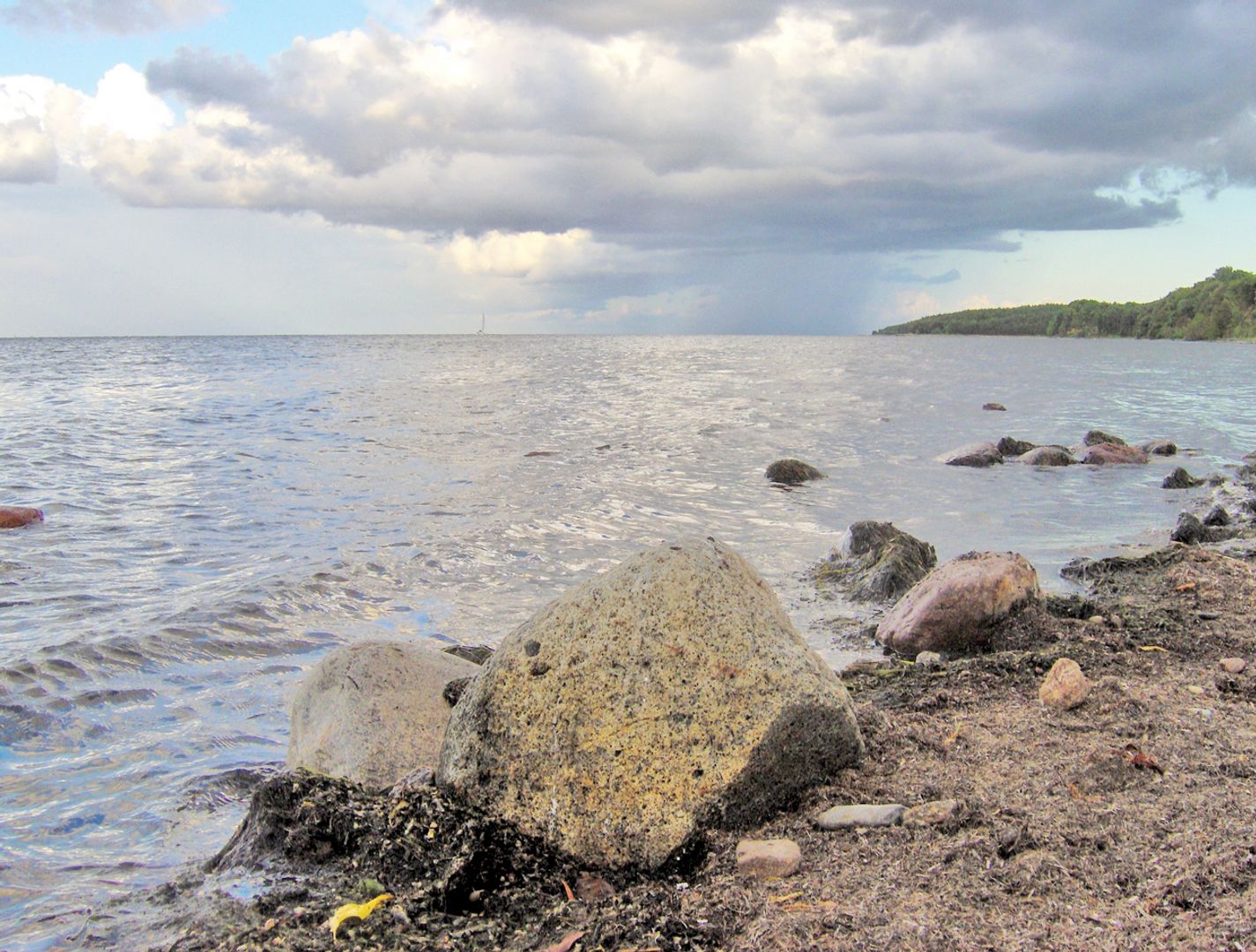
Overview
Puck Bay, also known as Pùckô Hôwinga in the Kashubian language, is a shallow part of the Baltic Sea, forming the western section of the Gdańsk Bay. It covers an area of 364 km², with a maximum depth of 55 meters. The boundaries of Puck Bay are not strictly defined, but it is generally considered to be the area between the Hel Peninsula and the line connecting Hel and Gdynia. The bay is divided into an inner part, known as the Puck Lagoon, and an outer part. These two sections are connected by the navigable Głębinka channel and the Kuźnica Passage. The inner part is included within the Coastal Landscape Park, highlighting its ecological importance.
Puck Bay is a popular destination for water sports enthusiasts, including kitesurfing, and a scenic bicycle path runs along its shore. The area is also specially protected for birds. Coastal towns such as Puck, Jastarnia, Hel, Władysławowo, and partially Gdynia are located along the bay, each with rich cultural and historical ties to fishing and tourism. Deposits of potassium-magnesium salt lie beneath the bay floor, which attracted interest in the 1970s when plans were considered to build a dam for extraction purposes.
An interesting fact is that in winter, the surface of Puck Bay can freeze, creating conditions for various winter activities. Marine valleys such as Chałupska Jama and Kuźnicka Jama, as well as shallows like Rybitwia Mielizna, add to the unique character of this area.
Location
2025 Wizytor | All Rights Reserved
